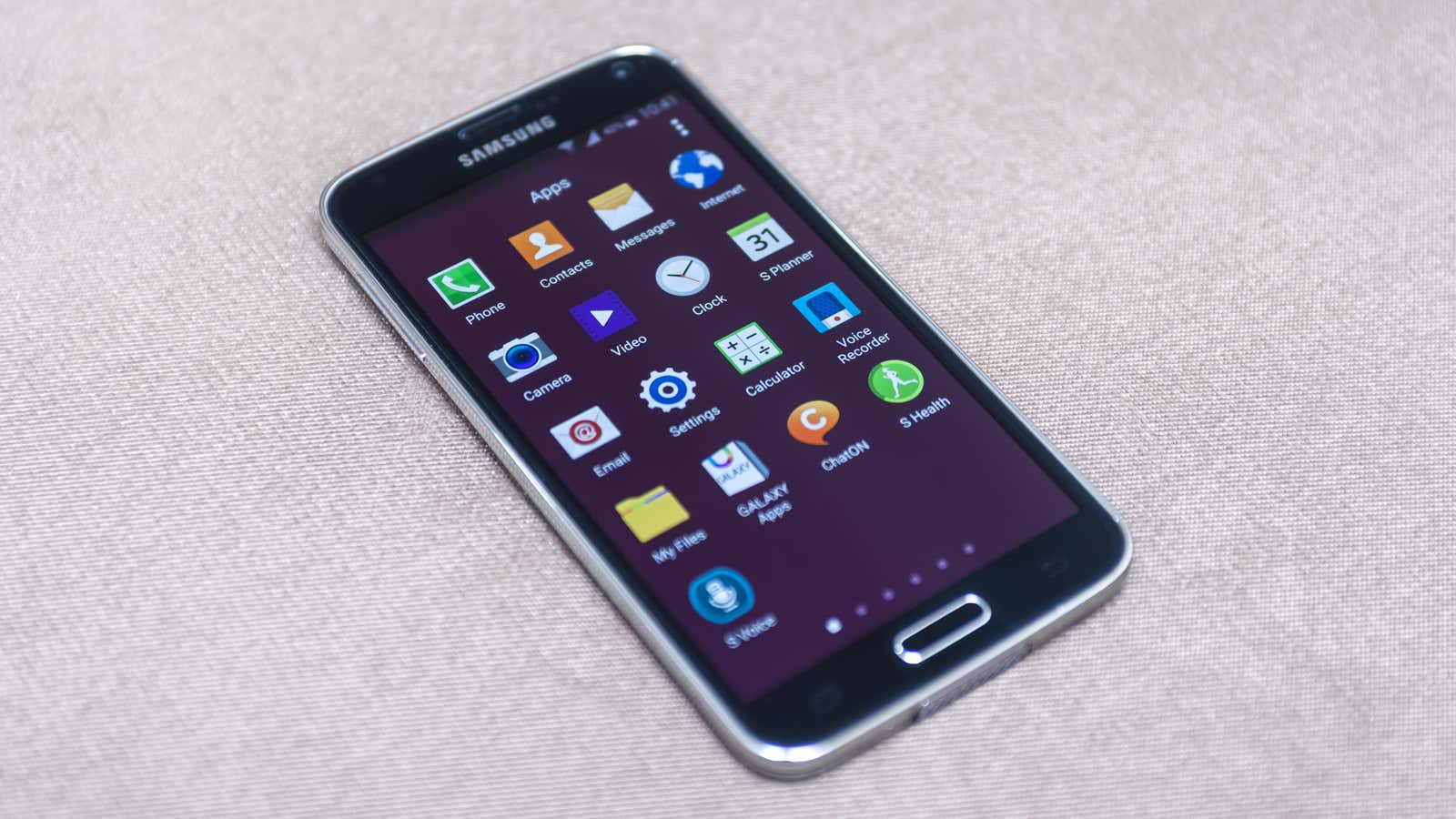Turn Your Old or Broken Samsung Phone Into a Smart Home Sensor

I collect gadgets a bit. I often tend to assume that I might be repurposing something old – an old phone, tablet, or webcam – into something new, so I’m very happy to see that Samsung has finally introduced its Galaxy Upcycling at Home program, which gives you the ability to turn old phones that you should have sold into more useful smart home devices.
Plus, it’s a great way to get some extra life out of a broken phone if you can touch the screen just enough to set up Galaxy Upcycling (or you can plug in a mouse to help ).
The Samsung app offers two sensors that you can enable right now, and we hope there will be new ones as the program evolves:
- Using an improved artificial intelligence (AI) solution, Galaxy devices can more accurately distinguish sounds in everyday environments, and users can save specific sound recordings. For example, if the device picks up sounds such as a baby crying, a dog barking, a cat meowing or banging, it will send an alert directly to the user’s smartphone and the user can listen to the recorded sound.
- The devices can also be used as a light sensor to measure the level of illumination in a room. Users can easily set the device to turn on the lights or the TV automatically using SmartThings if the room gets darker than the lighting standard.
To reuse your old Samsung device as a smart home sensor, make sure you have the latest version of the Samsung SmartThings app installed . You will also need one of the following smartphones:
Launch SmartThings and then click on the three-line hamburger icon in the middle left. Click on SmartApps and then click on the three dots icon in the middle right. Click SmartThings Labs and then click Galaxy Upcycle to begin the installation process.
Once you have installed the Galaxy Upcycle app, launch it and select your sensor type.
You will then be asked to choose a location and room where your device will live. They must match what you previously configured in the Samsung SmartThings app. And it’s all! You will now see that your sensor is online and working. Plug in your phone, turn off the screen and let the sensor work.
You will probably want to revisit the SmartThings app and set up an automation that uses your new sensor’s data to perform an action, such as automatically turning on the lights in a room when the environment becomes too dim. Otherwise, it makes no sense for the sensor to work in the room 24/7.